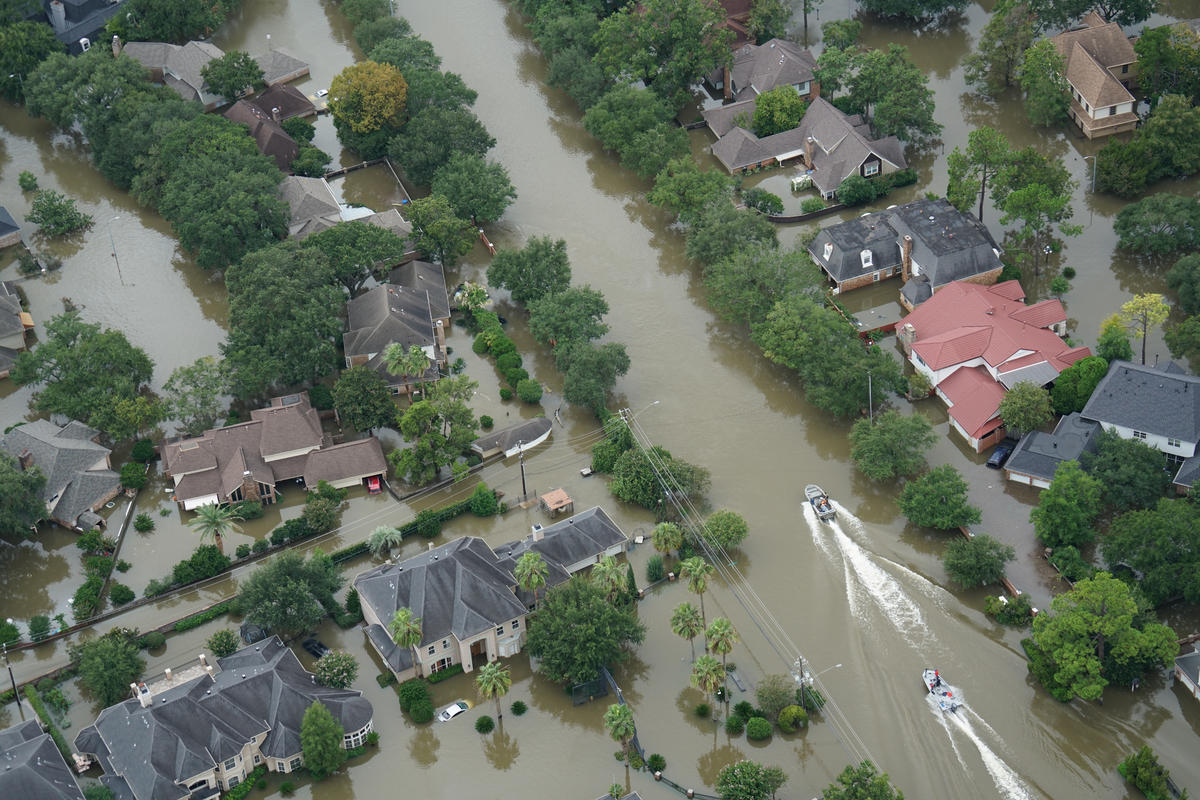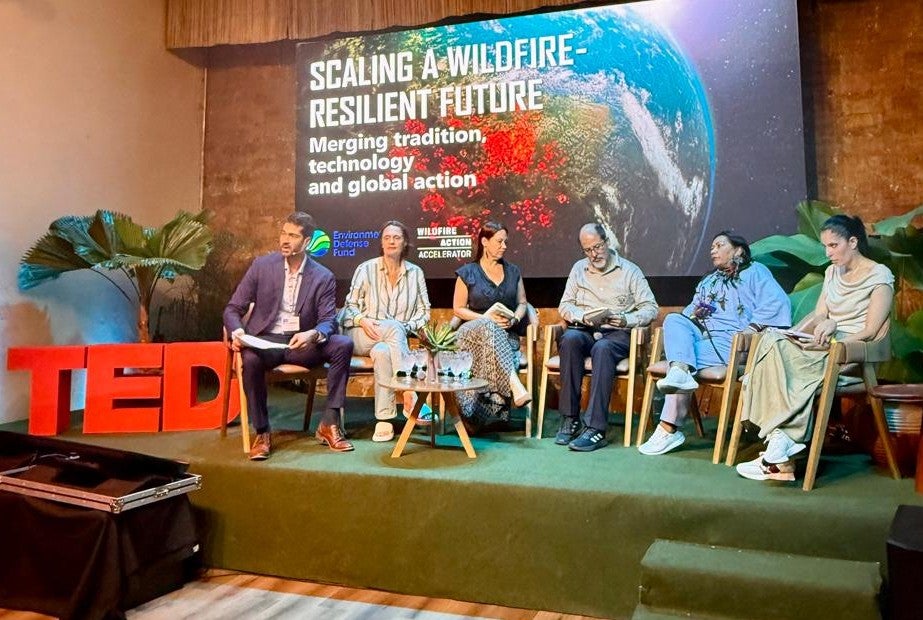Climate Finance, Unlocked: Takeaways from the Baku to Belém Roadmap

By Zach Cohen, Policy & Research Manager, Global Engagement & Partnerships
Yesterday’s release of the Baku to Belém Roadmap – issued by the COP29 and COP30 Presidencies – offers a clear and comprehensive pathway to rapidly scaling climate finance to developing countries over the next decade toward the $1.3 trillion goal agreed last November. With COP30 emphasizing implementation, we’re assessing how the Roadmap will help governments, the private sector, financiers, and communities move from planning to delivery.
EDF participated in the consultation process for the Roadmap, providing recommendations through multiple submissions. Here’s what stands out, and where coordination and ambition will matter most in the months ahead:
High Quality Climate Finance
There are gaps in both the quantity and quality of existing climate finance flows. Inaccessible, ineffective, or overly burdensome finance are major obstacles for developing countries in need – and can significantly inhibit action.
The Roadmap recognizes that quality matters as much as volume, and places a significant emphasis on steps to improve access, affordability, and design, including:
- Increasing the share of grants and other concessional instruments in donor nation commitments.
- Accelerating multilateral development bank reforms toward greater concessionality and flexibility of loan terms.
- Strengthening complementarity across multilateral climate funds to streamline access and increase impact.
Delivering on quality commitments will require significant coordination across countries, the multilateral development banks and climate funds, and other finance stakeholders. As the Roadmap acknowledges, concessional resources are strained by tight budgets and competing priorities, and so reducing fragmentation of efforts is essential in the short term to maximize the value of every dollar.
Underlying Barriers
Many developing countries face compounding structural barriers that hinder climate progress, such as unsustainable debt, limited fiscal space, and an exceedingly high cost of capital. For example, in Europe, renewable projects often borrow at ~3.8–5%, while many African markets face a rate of 12% due to perceived and actual risks – meaning financing costs in Africa are 2-3x higher than in Europe for an otherwise identical project.
Scaling finance flows to $1.3T – and in particular mobilizing greater private investment in developing countries – will require overcoming these barriers.
It’s a welcome sign to see the Roadmap prioritize concrete steps to address these barriers – including a pillar of action focused on improving fiscal space and alleviating debt distress, and another targeting the high cost of capital, with suggestions to scale and coordinate the use of guarantees and manage foreign exchange risk. These efforts will be vital to reduce risks and mobilize greater private investment – while failing to address the combination of high financing costs, unfavorable credit ratings, and mounting debt payments will keep countries stuck in unproductive cycles.
We’ll be tracking how finance providers work to implement recommendations on lowering the cost of capital – and whether countries facing the steepest barriers can access finance without adding to their debt burden.
Sectoral Action
Different sectors face unique constraints and levers for financing climate action – and it is important that policymakers understand these specifics. In EDF’s second submission to the Roadmap Process, we outlined priority short- and long-term actions across several key sectors including:
- Forests: Diversify and scale forest finance by strengthening pathways from public finance provision to private capital, including through high-integrity forest carbon markets.
- Agriculture: Facilitate capacity building for farmer organizations to increase access and technical support for financing.
- Oil and Gas Methane Abatement: Unlock credible pathways to connect capital to action for methane and flaring emissions reductions in the oil and gas industry by leveraging global capital markets
- Global Shipping: Support pilot projects and first movers in zero-emission shipping initiatives such as green corridors and electric-powered small-vessel fleets with targeted public finance, while demonstrating replicable models for other regions.
It’s encouraging that the Baku to Belém Roadmap incorporates thematic and sector-specific pathways that offer concrete and targeted solutions. The Roadmap highlights specific actions for adaptation, the energy transition, nature, agriculture, and just transition, and includes suggestions that echo EDF’s sectoral call-outs. As a next step, it will be essential to drill deeper into these sectoral pathways with greater granularity.
Connecting to the Action Agenda and Implementation
Now that the Roadmap is out, the task is making sure it leads to delivery – not another document on the shelf. The COP30 Action Agenda offers a practical process to do that.
Organized across six thematic axes and 30 objectives – each supported by activation groups bringing together key stakeholders – the structure of the Action Agenda can support Roadmap implementation. Activation groups should collaborate to implement sectoral recommendations where they align, and should be leveraged to develop project pipelines that connect to Roadmap priorities.
The Roadmap recognizes the potential of the Action Agenda to play this role, noting that it could serve as a modality for different actors to report on their implementation of actions in the Roadmap. Moreover, there is a strong focus on implementation and delivery throughout the document, with repeated suggestions to strengthen the development of pipelines of investable projects and to align NDCs with investment strategies.
What we’ll be tracking
With the Roadmap now laying the path forward, its impact will depend on a concerted effort from the international community to take up – and build on – its recommendations. Recent UN reports on the growing emissions and adaptation gaps should redouble the pressure to explore innovative solutions and coordinate our efforts – to prevent our long-term climate goals from slipping out of reach, we need climate finance that reaches people and protects nature faster, at lower cost, and at the scale this decade demands.
What matters now is steady momentum and collective accountability, so today’s roadmap becomes tomorrow’s results.












